If you’ve ever wondered how many states the United States actually has — 50 or 52 — you’re not alone. It’s actually a really common question!
This post settles it, breaks down why that is, and provides you with a more detailed breakdown of the U.S. countries and territories.
Whether you’re thinking of visiting or just want to learn more, you’ll finish armed with a much more honest, and balanced, view of the United States.
And when you travel here, consider using an iRoamly USA travel eSIM to stay connected with fast, reliable service across all states.
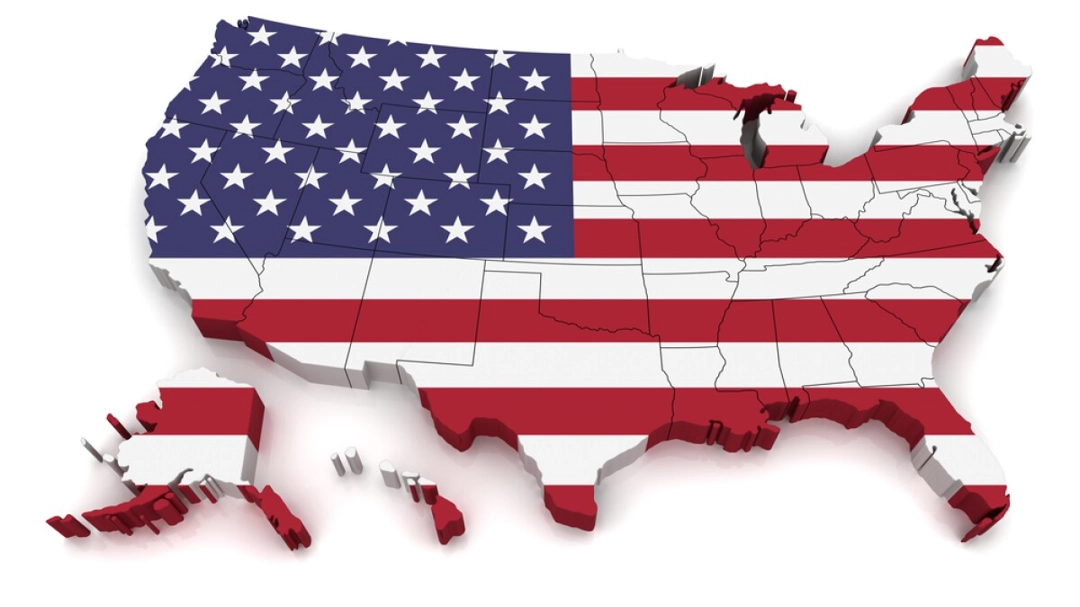
How Many States Are in the USA? 50 or 52?
Let’s get one thing straight: there are 50 states in the United States, not 52.
The confusion often arises because Washington D.C. and Puerto Rico are frequently mentioned, and people might be unsure whether they are states. Washington D.C. is the capital of the US, but it’s a federal district, not a state.
Puerto Rico, along with several other regions like Guam and the U.S. Virgin Islands, is a U.S. territory, meaning it’s under U.S. jurisdiction but doesn’t have the same status as a state.
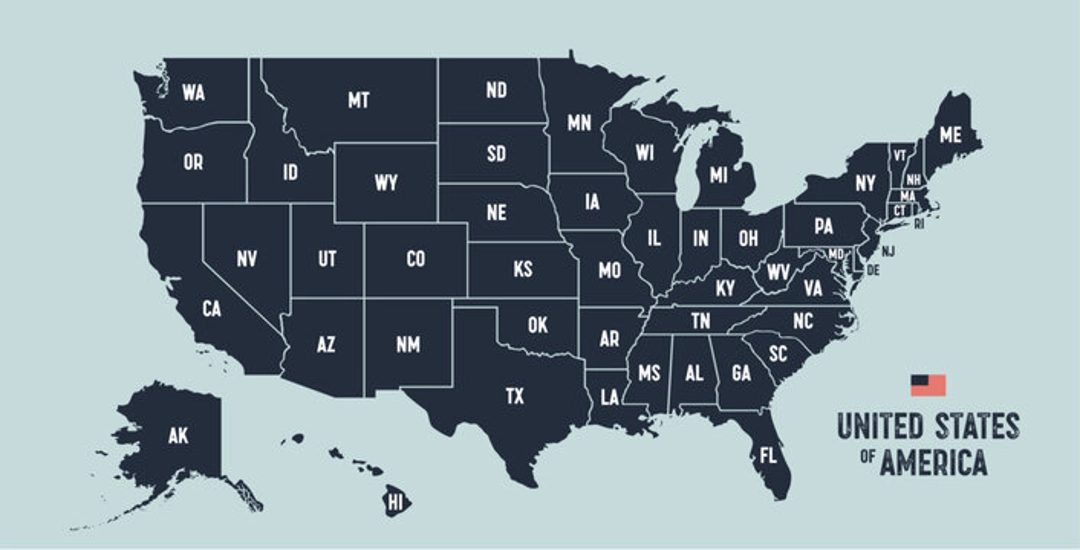
The last two states to become part of the U.S. were Alaska and Hawaii which joined the union in 1959, making it 50 states. There have been no additional states since then.
So the next time someone tells you there are 52 states, you can inform them that they are probably confused because they perceive D.C. and Puerto Rico as states. The actual, factual, and correct number is 50, and it has been for years!
A Closer Look at U.S. Territories
So, what exactly are U.S. territories? A territory is a swath of land that is controlled by the U.S. federal government but is not a formal state.
In theory, that means they can behave a little differently than a state and that the residents of a territory may not have all of the rights and privileges of a resident of one of the 50 states. Essentially, territories are akin to the minor leagues of the U.S.
They’re Governor Maurer’s distant cousins back in the family. They’re still a part of the U.S., but their function is a tad different.
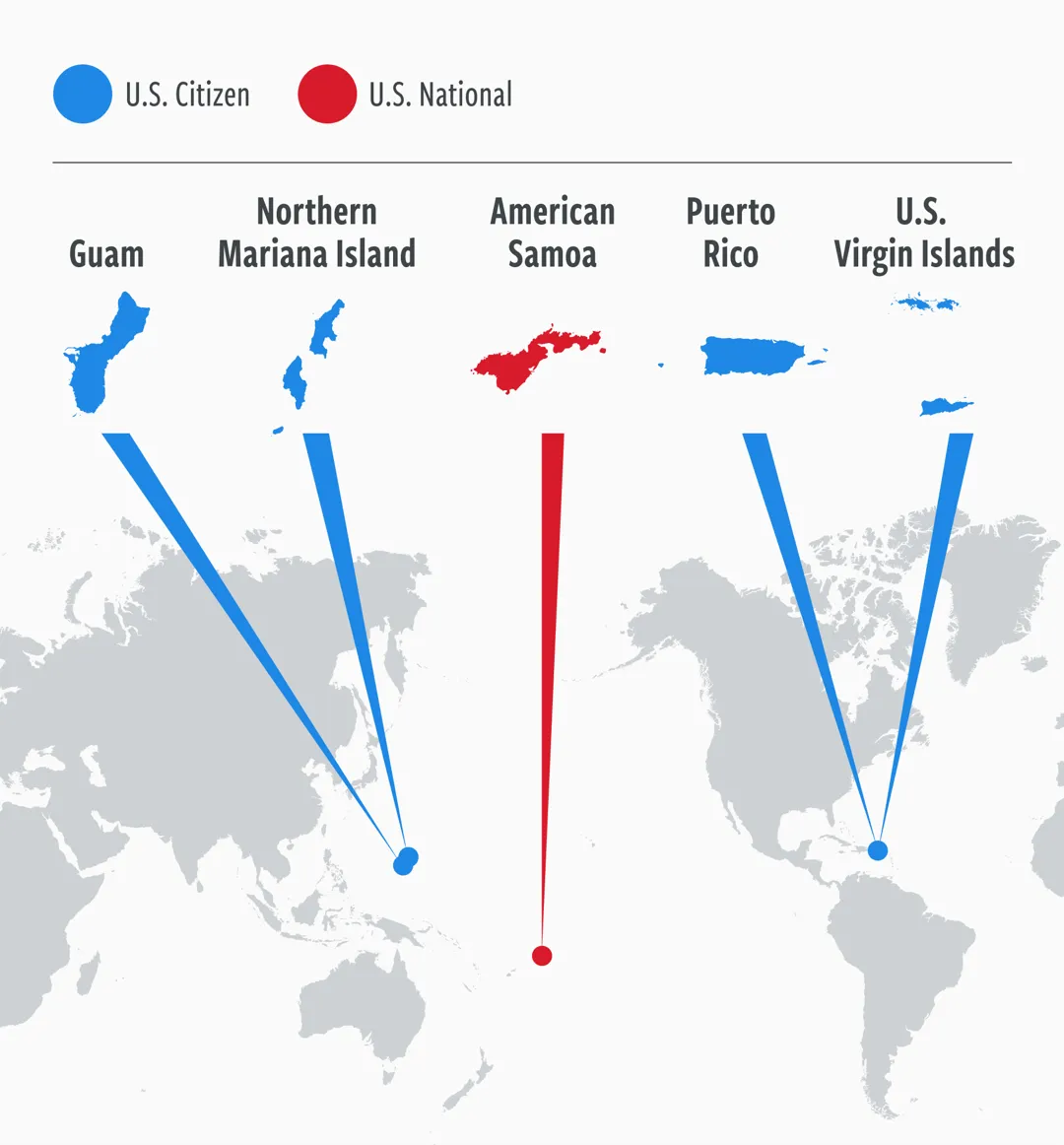
The U.S. has five main territories: Puerto Rico, Guam, the U.S. Virgin Islands, American Samoa, and the Northern Mariana Islands.
Each one has a different culture and history. For example, Puerto Rico is known for its music and festivals, while Guam is known for its stunning beaches.
I think it’s cool that the U.S. can be even more diverse thanks to these not-quite-states. Now, you’ll be able to tell people the territories — not states! — were mentioned!
The 50 States of America – What Are They?
Now that we’ve established that there are 50 states (not 52) in the U.S., it’s time to examine what those 50 states actually are.
The United States is a motley country that stretches across the continent from the Atlantic Ocean to the Pacific and from the Great Lakes region all the way down to the Gulf of Mexico and beyond to the Pacific with Hawaii.
Each state acts as an individual country, with its own government, history, culture, and even laws in some cases — which is part of what makes the U.S. so interesting. Going to a different state can sometimes feel like going to a different country.
Whether it’s populous states like California, Texas, or Florida, or tiny states like Rhode Island and Delaware, every state helps shape American culture.
Some are famous for their scenery (Colorado and Montana), some for their cities and sophistication (New York and Washington), and others for both.
Here is a table of all 50 U.S. states, their capitals, and the animal symbol of that state:
State | Capital | State Animal(s) |
Alabama | Montgomery | Black Bear |
Alaska | Juneau | Moose |
Arizona | Phoenix | Ringtail |
Arkansas | Little Rock | White-tailed Deer |
California | Sacramento | California Grizzly Bear |
Colorado | Denver | Rocky Mountain Bighorn Sheep |
Connecticut | Hartford | Sperm Whale |
Delaware | Dover | Gray Fox |
Florida | Tallahassee | Florida Panther, Manatee |
Georgia | Atlanta | White-tailed Deer |
Hawaii | Honolulu | Hawaiian Monk Seal |
Idaho | Boise | Appaloosa Horse |
Illinois | Springfield | White-tailed Deer |
Indiana | Indianapolis | White-tailed Deer |
Iowa | Des Moines | White-tailed Deer |
Kansas | Topeka | American Bison |
Kentucky | Frankfort | Gray Squirrel |
Louisiana | Baton Rouge | Black Bear |
Maine | Augusta | Moose |
Maryland | Annapolis | Thoroughbred Horse |
Massachusetts | Boston | Right Whale |
Michigan | Lansing | White-tailed Deer |
Minnesota | Saint Paul | Eastern Timber Wolf |
Mississippi | Jackson | White-tailed Deer |
Missouri | Jefferson City | Missouri Mule |
Montana | Helena | Grizzly Bear |
Nebraska | Lincoln | White-tailed Deer |
Nevada | Carson City | Desert Bighorn Sheep |
New Hampshire | Concord | White-tailed Deer |
New Jersey | Trenton | Horse |
New Mexico | Santa Fe | American Black Bear |
New York | Albany | Beaver |
North Carolina | Raleigh | Gray Squirrel |
North Dakota | Bismarck | Nokota Horse |
Ohio | Columbus | White-tailed Deer |
Oklahoma | Oklahoma City | American Bison |
Oregon | Salem | American Beaver |
Pennsylvania | Harrisburg | White-tailed Deer |
Rhode Island | Providence | Harbor Seal |
South Carolina | Columbia | White-tailed Deer |
South Dakota | Pierre | Coyote |
Tennessee | Nashville | Raccoon |
Texas | Austin | Nine-banded Armadillo |
Utah | Salt Lake City | Rocky Mountain Elk |
Vermont | Montpelier | Morgan Horse |
Virginia | Richmond | American Foxhound |
Washington | Olympia | Orca (Killer Whale) |
West Virginia | Charleston | Black Bear |
Wisconsin | Madison | Badger |
Wyoming | Cheyenne | American Bison |
Whether you're mapping out a U.S. road trip or brushing up on American geography, knowing these 50 states is a great place to start.
Fun Facts About the 50 States
Beyond just geography, the 50 states are packed with quirks, history, and surprises that make each one memorable.
Here are some fun and unexpected facts that showcase just how diverse and fascinating the United States really is:
Alaska is the biggest state in America by area, yet it has one of the smallest populations. It’s also home to the northernmost, westernmost, and easternmost points in the U.S.—yes, really, thanks to the Aleutian Islands crossing the international date line!
Rhode Island is the smallest state by land area, but don’t let that fool you—it's rich in colonial history and has more than 400 miles of coastline despite its tiny size.
Hawaii is the only state made entirely of islands and is the most recent to join the union (1959). It’s also the only state that grows coffee commercially.
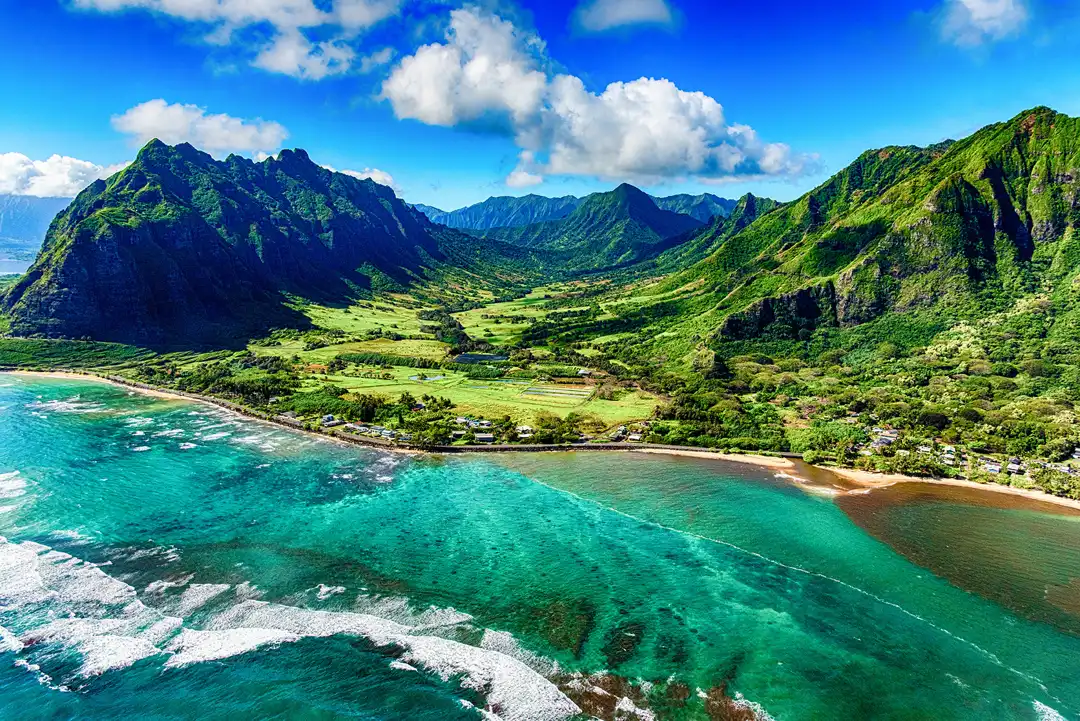
Texas was once its own independent country before joining the U.S. in 1845. Some Texans still half-jokingly bring that up with pride.
Florida is known for its theme parks, but it's also home to the Everglades, the only place on Earth where alligators and crocodiles coexist.
Colorado is home to the highest average elevation of any state—and Denver, its capital, is famously called the “Mile High City.”
California has the largest economy of any U.S. state, and if it were its own country, it would rank among the top economies in the world.
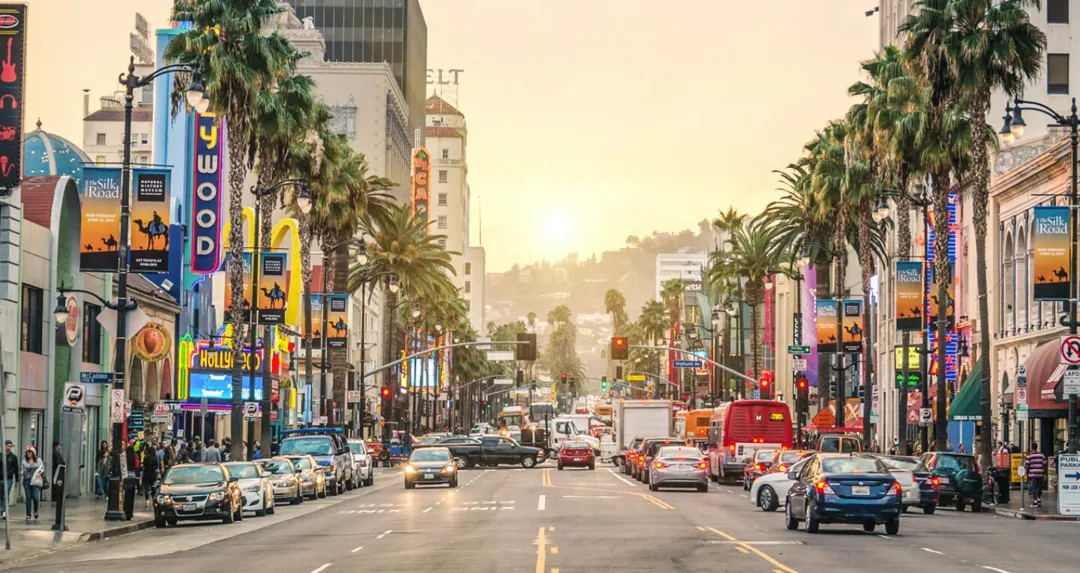
New York isn’t just about the Big Apple—did you know Niagara Falls, one of the most famous waterfalls in the world, is also in New York State?
These are just a few examples of how each state has something special to offer—whether it’s natural beauty, rich history, or unusual claims to fame. From deserts to forests, beaches to mountains, and small towns to mega-cities, the 50 states together form a colorful mosaic of American life.
FAQ
1. Can Washington D.C. become a state?
Technically, yes Washington D.C. could become a state. But that would require Congress’s consent and, quite possibly, a constitutional amendment. Bills have been proposed and passed in the House, but not in the Senate, so it hasn’t happened yet.
2. How does each state contribute to the U.S.A.?
Every state contributes its own blend to the nation: economically, culturally, geographically or otherwise.
Conclusion
However, knowing the U.S. structure isn’t just for memorizing trivia. It’s about understanding how diverse and complex a country with many moving pieces really is.
Every single one of the 50 states has something to add to the United States’ national story. That’s what makes the U.S. such an interesting destination to visit and explore!
Now that you know, you won’t even have to think about this the next time – it’s 50, not 52!
